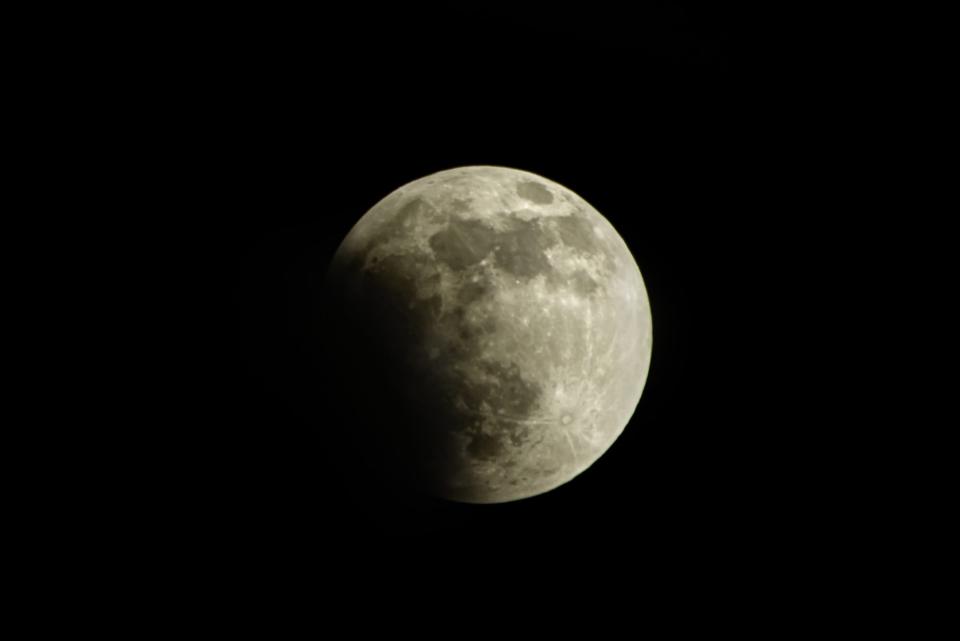You'll Be Able to See a Partial Lunar Eclipse of the Micro Beaver Moon This November—Here's How
Everything from a "Ring of Fire" Solar Eclipse to a Total Lunar Eclipse have been in our view from Earth in just the last couple of years, and now there is another eclipse that can catch your attention in the near future. Thanks to a full micro beaver moon, you'll be able to catch a partial lunar eclipse on November 19.
What is a beaver moon, exactly? According to Mental Floss, it's the first, and often the only, full moon in November; because beaver furs have historically been purchased during this month in North America, the moon got its moniker from this practice. Algonquin people are also cited for creating the nickname, and European colonists used the name to identify this full moon. However, this is considered micro moon rather than a super moon—and these two are actually opposites. It happens when the moon is at its farthest point away from Earth in its orbit, so it looks small when its in the sky. In turn, the beaver moon next month will appear tiny, but it'll be illuminated, making it simple to see.

Bobbushphoto / Getty Images
Related: You Can Donate Your Eclipse Glasses to Kids Around the World
As for the lunar eclipse, this takes place when our planet is directly between the moon and the sun. This causes a shadow to come across the surface of the moon, resulting in a dark, red-like color spread on it. When a total lunar eclipse is in our midst, the shadow from the Earth will completely cover the moon. Come November this year, though, the partial eclipse will actually be very deep, so it will still look similar to a total lunar eclipse, per timeanddate.com.
Seeing the partial eclipse of the beaver moon will be easy this time next month. All you'll need to do is look up in the morning sky on Friday, November 19. The moon will start appearing darker around 1 a.m. eastern time. After 4 a.m., the eclipse will get to its peak. This one-of-a-kind sight anywhere in North America. But the moon could be partially or fully behind the horizon depending on your location. Another plus about this phenomenon? Lunar eclipses pop up two weeks between solar eclipses. So, you'll also get to catch a total eclipse of the sun on December 4.

